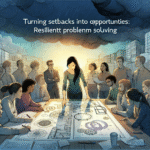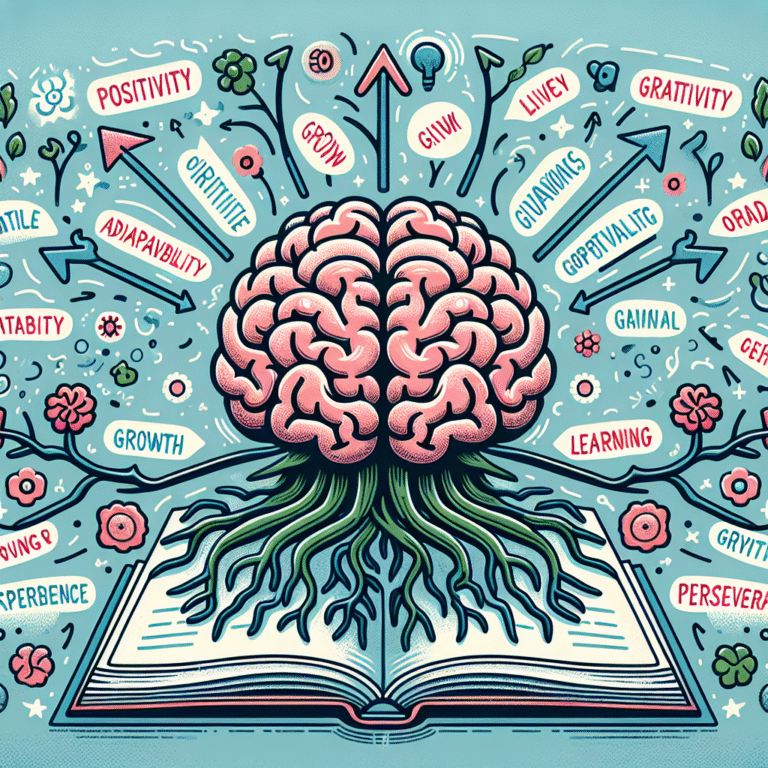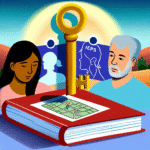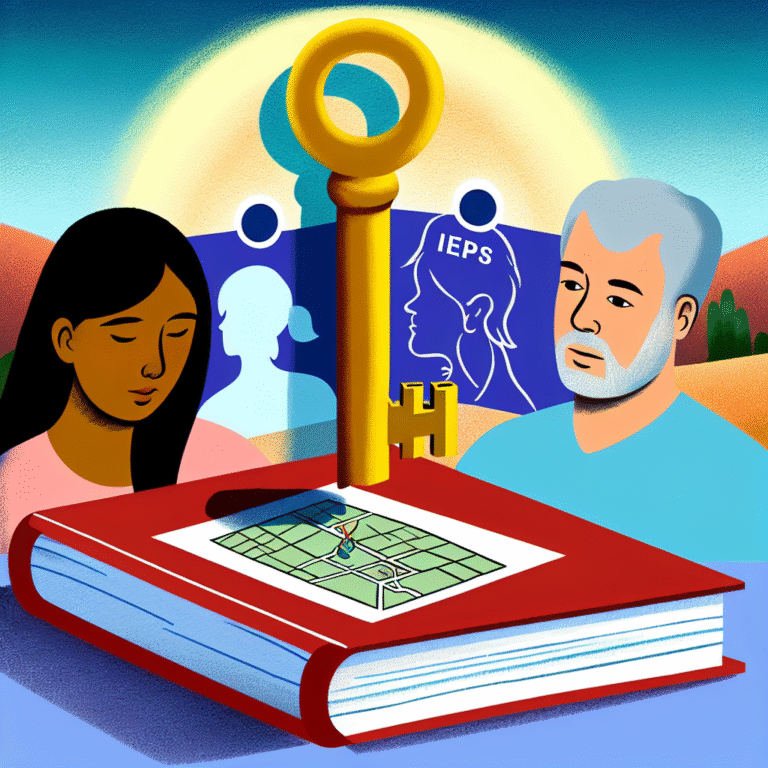
Introduction
In an age where educational methodologies are constantly evolving, one approach has emerged as a beacon of hope for students seeking to maximize their learning potential: peer tutoring. Imagine a classroom where students collaborate, share knowledge, and inspire each other—this is the dynamic world of peer tutoring. As we delve into "Unlocking Potential: How Peer Tutoring Transforms Learning," we’ll uncover not just the practical benefits of this approach but also the profound impact it can have on student self-esteem, engagement, and academic success.
The Heart of Peer Tutoring
What is Peer Tutoring?
Peer tutoring is a structured form of learning where students assist each other in the educational process. This method encourages active participation and fosters a community of learners who thrive on collaboration. But what makes peer tutoring so effective in unlocking potential?
How Peer Tutoring Works
Peer tutoring typically involves two students: a tutor who has a grasp of the subject matter and a tutee who needs assistance. This relationship transcends traditional teaching paradigms, promoting a two-way street of learning. While the tutor reinforces their own understanding, the tutee benefits from personalized guidance tailored to their learning style.
Setting the Scene: The Classroom Dynamics
In a traditional classroom setting, the teacher often takes center stage. However, integrating peer tutoring fuels a shift in dynamics. The classroom becomes a vibrant ecosystem, with students empowered to take charge of their learning journey.
Why Peer Tutoring Matters
Personalized Learning Experience
One significant advantage of peer tutoring is the personalized nature of the learning experience. Unlike large lectures where individual needs may go unnoticed, peer tutoring allows for focused attention. Students can ask questions freely and explore concepts at their own pace.
Building Confidence and Independence
A key aspect of "Unlocking Potential: How Peer Tutoring Transforms Learning" is the boost in self-confidence that tutoring provides. As students teach others, they solidify their own understanding and develop a sense of mastery that is often lacking in traditional learning settings.
Social Skills Development
Peer tutoring is not just about academics; it’s also about social interaction. Through these relationships, students enhance their communication and interpersonal skills, preparing them for collaborative environments beyond school.
Real-World Applications of Peer Tutoring
Case Study 1: University of California, Berkeley
At UC Berkeley, peer tutoring programs have been integral to the academic support system. A study showed that students participating in structured peer tutoring reported a 15% increase in their grades compared to those who did not partake in the program.
Analysis: This evidence highlights the efficacy of peer tutoring in higher education, revealing its role in improving academic performance and encouraging student engagement.
Case Study 2: Rural High School in Texas
In a rural high school setting, a peer tutoring program was launched focusing on STEM subjects. Initial assessments indicated that participating students improved their test scores by 20% over a semester.
Analysis: This illustrates how peer tutoring can bridge educational gaps in underserved communities, enhancing academic achievement where resources may otherwise be limited.
The Mechanisms Behind the Magic
Cognitive Benefits
Research indicates that peer tutoring can promote deeper cognitive processing. When students explain concepts to their peers, they engage in higher-order thinking, which is essential not only for mastering a subject but also for developing critical thinking skills.
Emotional and Behavioral Growth
Peer tutoring also fosters emotional growth. Students who tutor others feel a sense of fulfillment and purpose, which can lead to improved attendance and reduced dropout rates. This emotional engagement is a vital part of unlocking potential.
A Supportive Environment
The supportive environment that peer tutoring creates can enhance student motivation. Many students feel more comfortable discussing their challenges with peers than with teachers, leading to a more open dialogue about learning difficulties.
Best Practices for Implementing Peer Tutoring
Create a Structured Program
To maximize the benefits of peer tutoring, schools should establish structured programs with clear objectives. This may involve training tutors, setting specific goals for sessions, and regularly assessing progress.
Foster an Inclusive Atmosphere
Encouraging inclusivity is vital. Programs should ensure that all students, regardless of their skill level, have opportunities to participate. This fosters a sense of community and collaboration.
Utilize Technology
In today’s digital age, technology can enhance peer tutoring. Online tutoring platforms and forums can extend learning beyond the classroom walls, enabling students to connect and collaborate anytime, anywhere.
Monitor and Adapt
Regular monitoring of the program’s effectiveness can help identify areas for improvement. Surveys and feedback mechanisms can provide insights into what is working and what needs adjustment.
Unlocking the Broader Potential
Expanding Beyond Academics
The benefits of peer tutoring extend far beyond academic success. Students learn essential life skills such as empathy, patience, and leadership—qualities that are invaluable in any career path.
Preparing for Future Collaboration
As students transition to the workforce, they carry with them the collaborative skills honed through peer tutoring. These experiences prepare them to thrive in various professional scenarios where teamwork is essential.
Conclusion
"Unlocking Potential: How Peer Tutoring Transforms Learning" encapsulates a vibrant approach to education that benefits students on multiple levels. By creating an environment that prioritizes collaboration and mutual support, we not only enhance academic success but also cultivate valuable life skills.
To truly harness the potential of peer tutoring, educators, parents, and students must embrace and advocate for these programs. The journey may start in the classroom, but its effects ripple into the wider world, equipping students with the tools needed for lifelong success.
FAQs
1. What age groups can benefit from peer tutoring?
Peer tutoring can be effective for students of all ages, from elementary school through university.
2. How can peer tutoring be initiated in schools?
Schools can initiate peer tutoring by creating structured programs, training student tutors, and fostering a culture of collaboration.
3. Is peer tutoring effective for all subjects?
Yes, peer tutoring is beneficial across various subjects, including math, science, languages, and humanities.
4. What qualifications should peer tutors have?
While formal qualifications are not always necessary, effective peer tutors should possess a strong understanding of the subject and good communication skills.
5. How can parents support peer tutoring initiatives?
Parents can support peer tutoring by encouraging their children to participate, advocating for programs at school, and helping to facilitate study groups at home.
Peer tutoring is more than just a learning strategy; it’s a transformative journey that empowers students to unlock their true potential. By investing in this collaborative learning approach, we can reshape the future of education and provide students with the tools they need to succeed in all areas of life.















